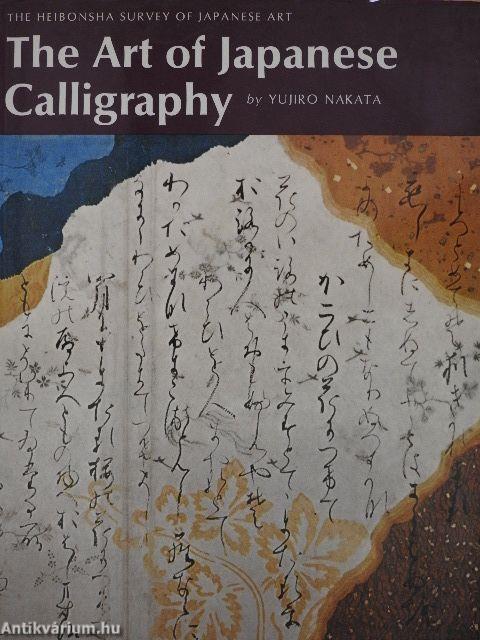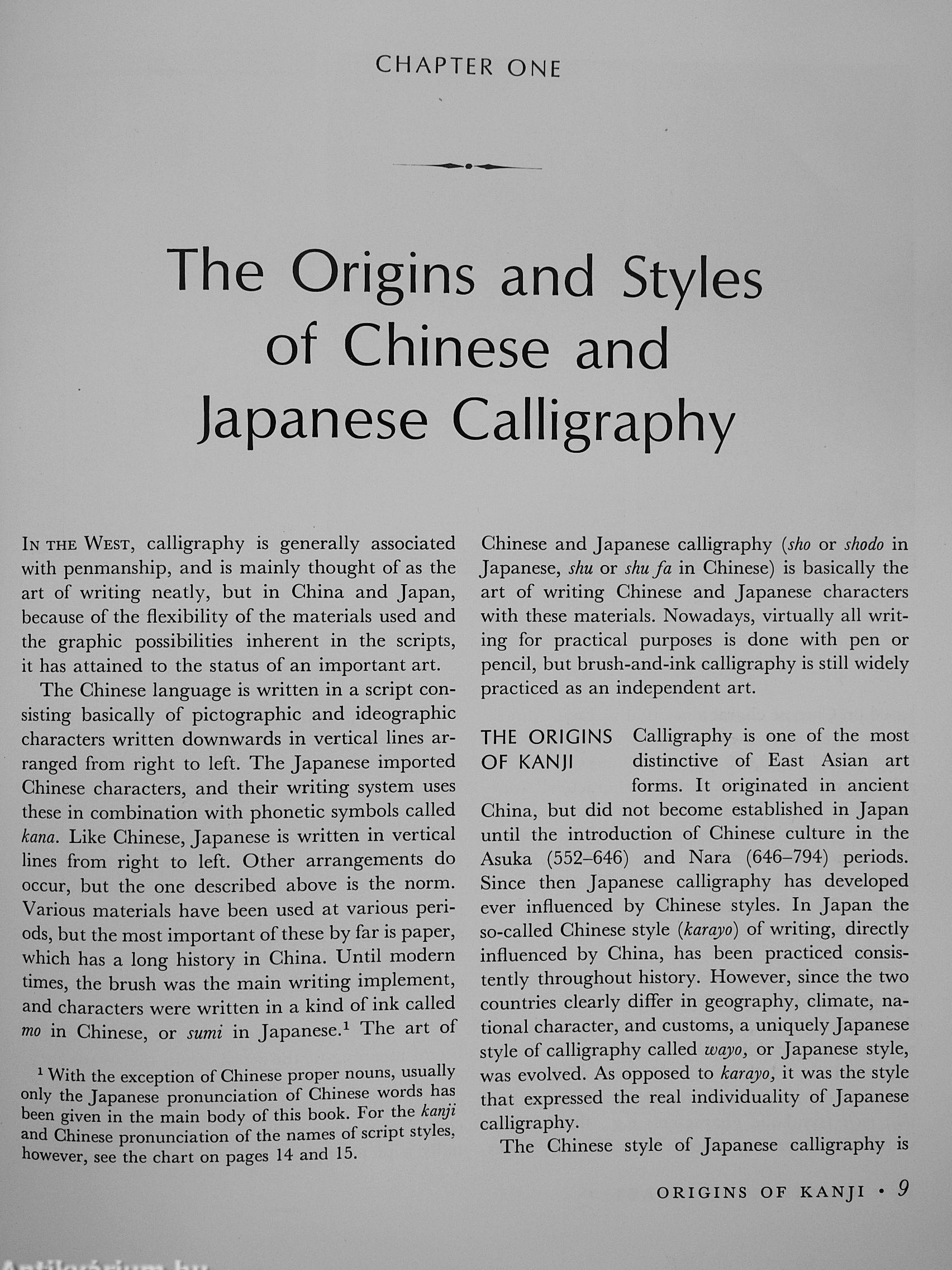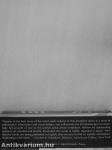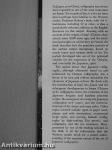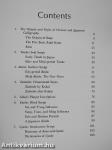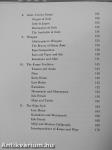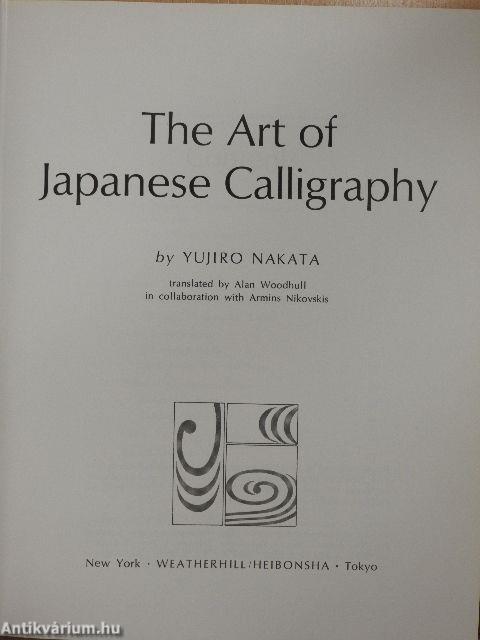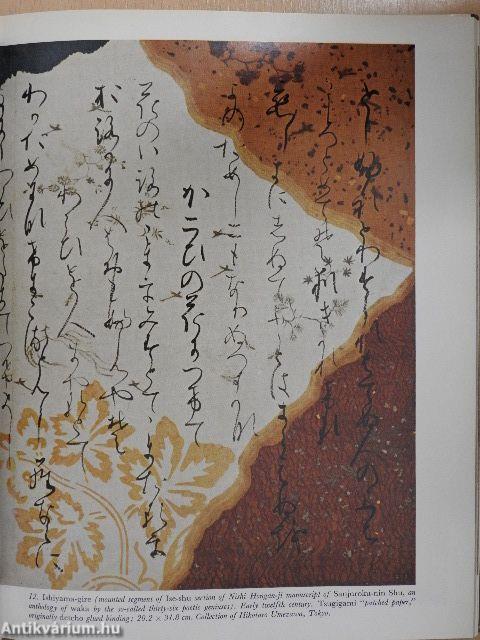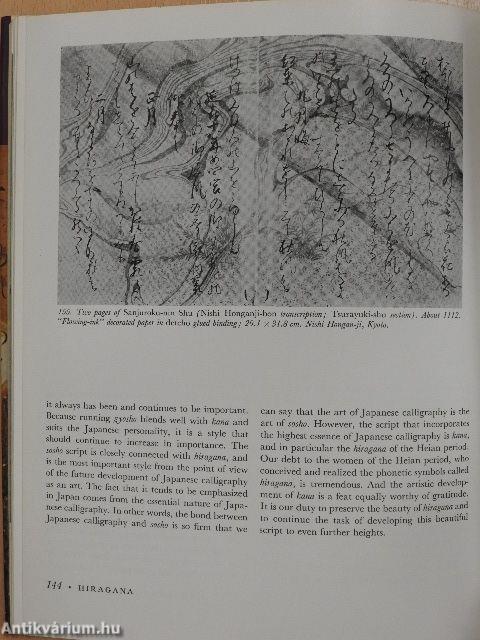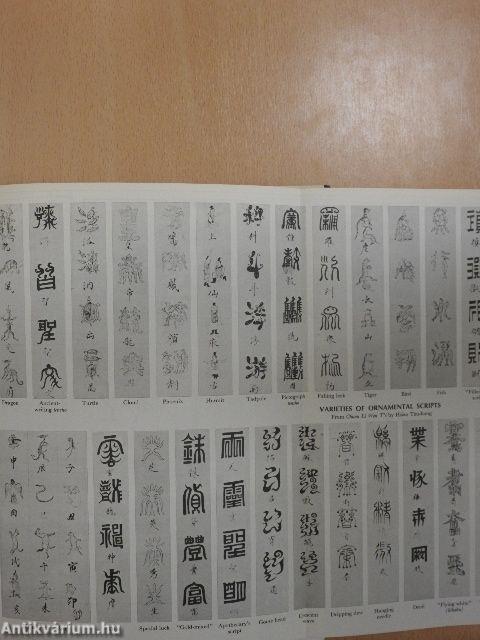1.117.562
kiadvánnyal nyújtjuk Magyarország legnagyobb antikvár könyv-kínálatát
The Art of Japanese Calligraphy
| Kiadó: | John Weatherhill, Inc.-Heibonsha |
|---|---|
| Kiadás helye: | New York-Tokió |
| Kiadás éve: | |
| Kötés típusa: | Fűzött keménykötés |
| Oldalszám: | 172 oldal |
| Sorozatcím: | The Hibonsha Survey of Japanese Art |
| Kötetszám: | |
| Nyelv: | Angol |
| Méret: | 24 cm x 18 cm |
| ISBN: | |
| Megjegyzés: | Színes és fekete-fehér fotókkal, illusztrációkkal, kihajtható mellékletekkel. |
naponta értesítjük a beérkező friss
kiadványokról
naponta értesítjük a beérkező friss
kiadványokról
Előszó
TovábbFülszöveg
"Popular in the best sense of the word, each volume in this excellent series is a mine of authoritative information and visual delight, and collectively the 30 volumes give an amazingly full account of one of the world's great artistic traditions. Written by outstanding Japanese art scholars and lavishly illustrated, the series is highly regarded in Japan. Now that the bool<s are being published in English, they are sure to find an equally enthusiastic readership in the West." —Gordon B. Washburn, Director, Asia House Gallery, New York
New York -WEATHERHILL/HEIBONSHA. Tokyo
In Japan, as in China, calHgraphy has always been regarded as one of the most important art forms. Yet in spite of this, it is the art form that is perhaps least familiar to the Western reader. Professor Nakata's book, with 184 illustrations, including 22 in color, is thus a particularly welcome addition to the English literature on this subject. Starting with an account of the origins oi kanji (Chinese... Tovább
Fülszöveg
"Popular in the best sense of the word, each volume in this excellent series is a mine of authoritative information and visual delight, and collectively the 30 volumes give an amazingly full account of one of the world's great artistic traditions. Written by outstanding Japanese art scholars and lavishly illustrated, the series is highly regarded in Japan. Now that the bool<s are being published in English, they are sure to find an equally enthusiastic readership in the West." —Gordon B. Washburn, Director, Asia House Gallery, New York
New York -WEATHERHILL/HEIBONSHA. Tokyo
In Japan, as in China, calHgraphy has always been regarded as one of the most important art forms. Yet in spite of this, it is the art form that is perhaps least familiar to the Western reader. Professor Nakata's book, with 184 illustrations, including 22 in color, is thus a particularly welcome addition to the English literature on this subject. Starting with an account of the origins oi kanji (Chinese characters) some 3,000 years ago, and the structural principles on which they are based, the book describes how the primitive symbols of the earliest extant inscriptions, found on oracle bones and tortoise shells of the Yin period, developed into one of the principal vehicles for the expression of the Chinese, and eventually the Japanese, spirit.
The author shows that Japanese calligraphy, although ultimately based on and influenced by Chinese calligraphy, has a flavor of its own and reflects admirably the character of Japanese culture. He deals with the introduction of kanji into Japan and the subsequent developments in karayo (Chinese style) calligraphy there, the evolution of the Japanese hiragana and katakana phonetic scripts, the emergence of a uniquely Japanese calligraphic style {wayo), and the interrelationship of the karayo and wayo styles. Other topics covered include types of paper used, plaque and stele inscriptions, ornamental script styles, seal carving, bokuseki (calligraphy by high-ranking Zen priests), and calligraphy and the tea ceremony. Here, presented by one of the leading scholars in the field, is all the information that the Western reader needs for a sound understanding of the essential nature of the art of Japanese calligraphy. Vissza
Témakörök
- Idegennyelv > Idegennyelvű könyvek > Angol > Művészetek > Festészet
- Idegennyelv > Idegennyelvű könyvek > Angol > Művészetek > Művészettörténet, általános
- Idegennyelv > Idegennyelvű könyvek > Angol > Művelődéstörténet
- Idegennyelv > Idegennyelvű könyvek > Angol > Nyelvészet
- Művelődéstörténet > Civilizációtörténet > Keleti
- Művelődéstörténet > Kultúra > Története
- Művelődéstörténet > Könyvészet > Egyéb
- Nyelvészet > Idegen nyelvek > Egyéb
- Nyelvészet > Nyelvtörténet > Nyelvemlékek
- Művészetek > Művészettörténet általános > Társadalom és művészet > Egyéb
- Művészetek > Művészettörténet általános > Esztétika
- Művészetek > Művészettörténet általános > Kontinensek művészete > Ázsia > Keleti
- Művészetek > Művészettörténet általános > Idegen nyelv > Angol
- Művészetek > Művészettörténet általános > Művészettörténet > Külföldi
- Művészetek > Művészettörténet általános > Tanulmányok > Nemzetközi > Egyéb
- Művészetek > Festészet > Festészeti technikák > Egyéb
- Művészetek > Festészet > Idegen nyelv > Angol
- Művészetek > Festészet > Tanulmányok, összefoglalók > Külföldi
Yujiro Nakata
Yujiro Nakata műveinek az Antikvarium.hu-n kapható vagy előjegyezhető listáját itt tekintheti meg: Yujiro Nakata könyvek, művekMegvásárolható példányok
Nincs megvásárolható példány
A könyv összes megrendelhető példánya elfogyott. Ha kívánja, előjegyezheti a könyvet, és amint a könyv egy újabb példánya elérhető lesz, értesítjük.


